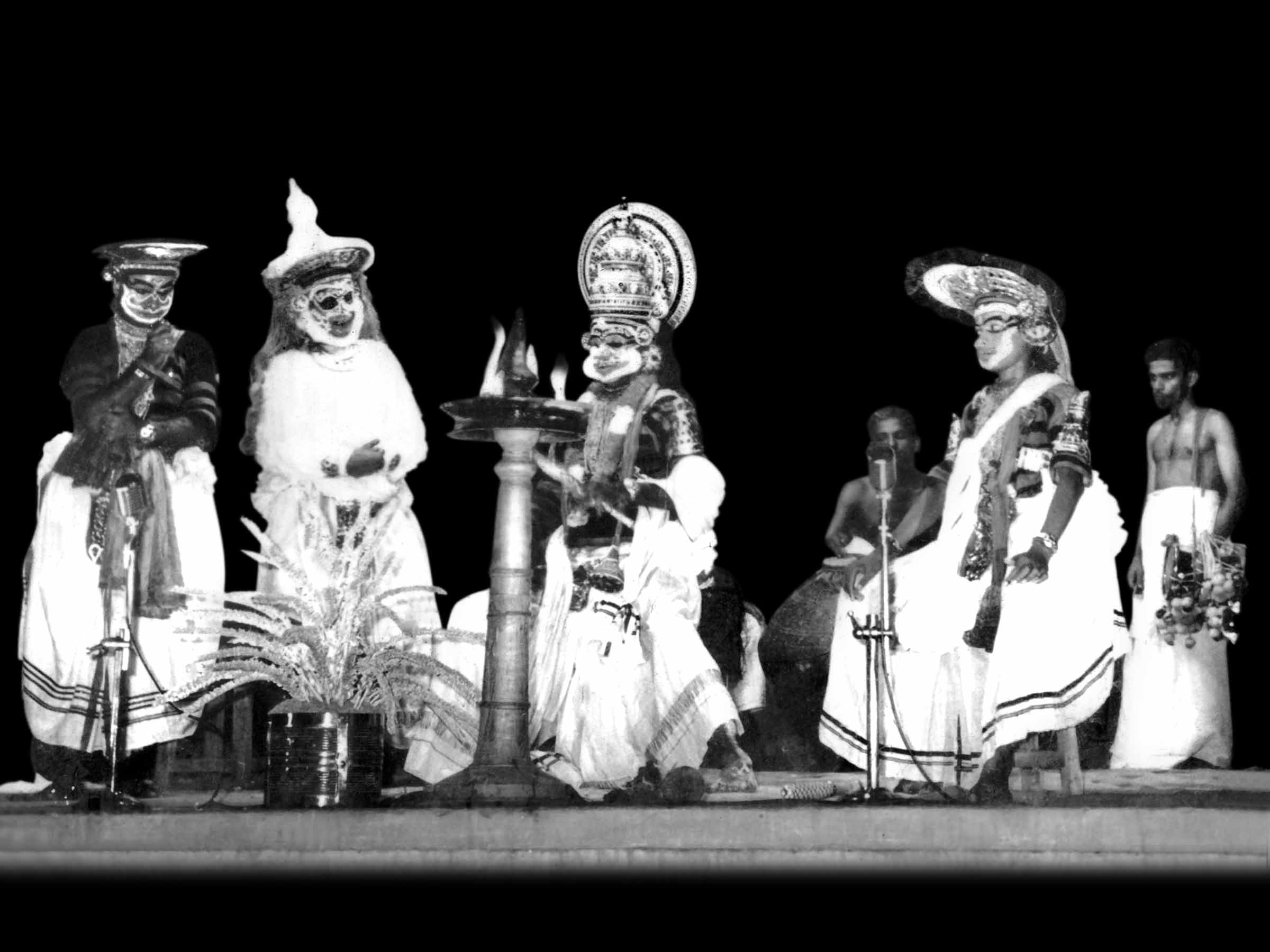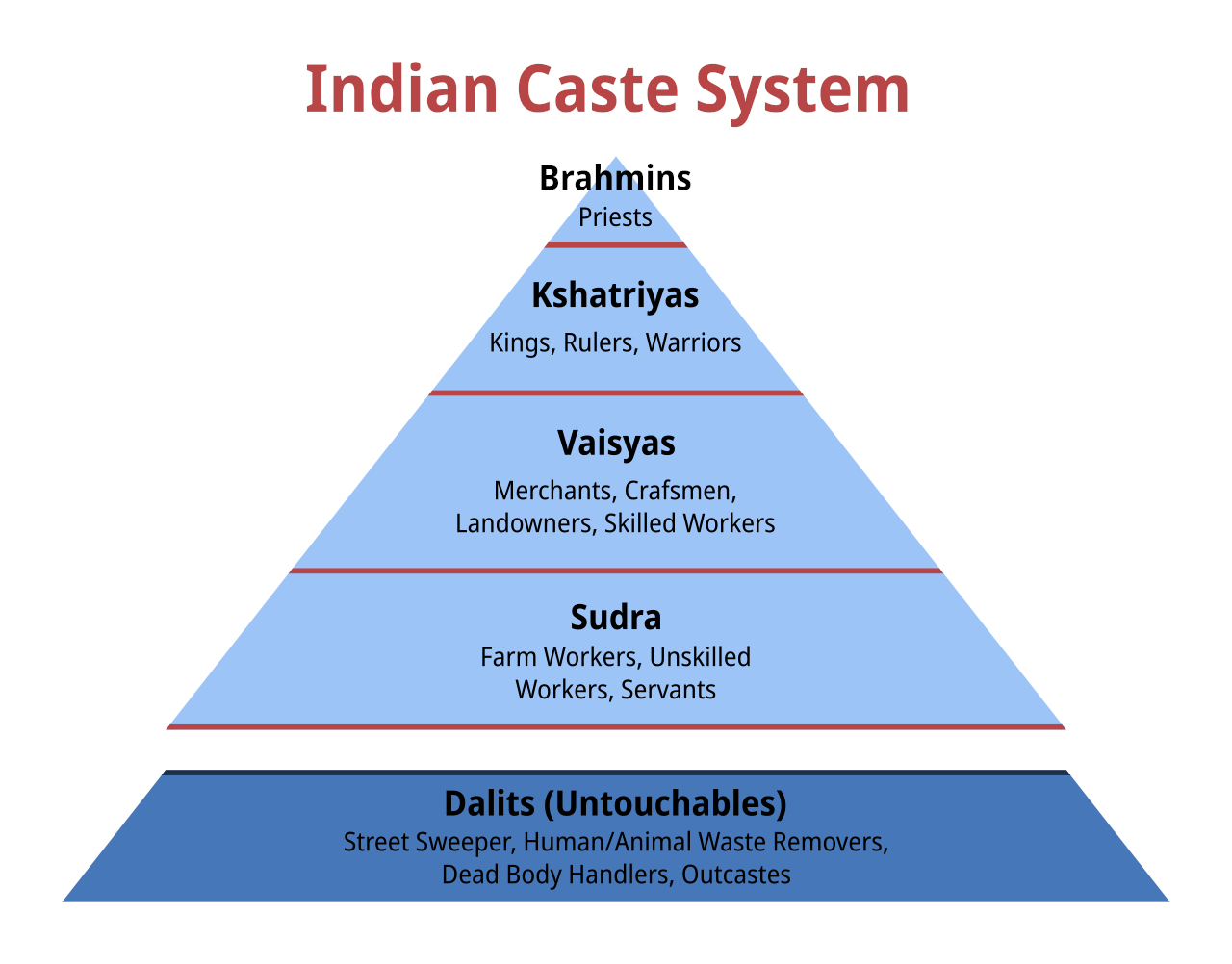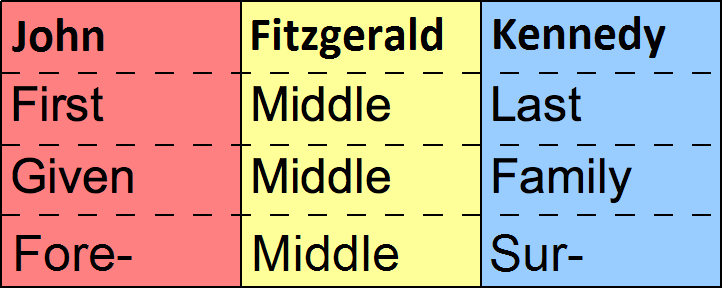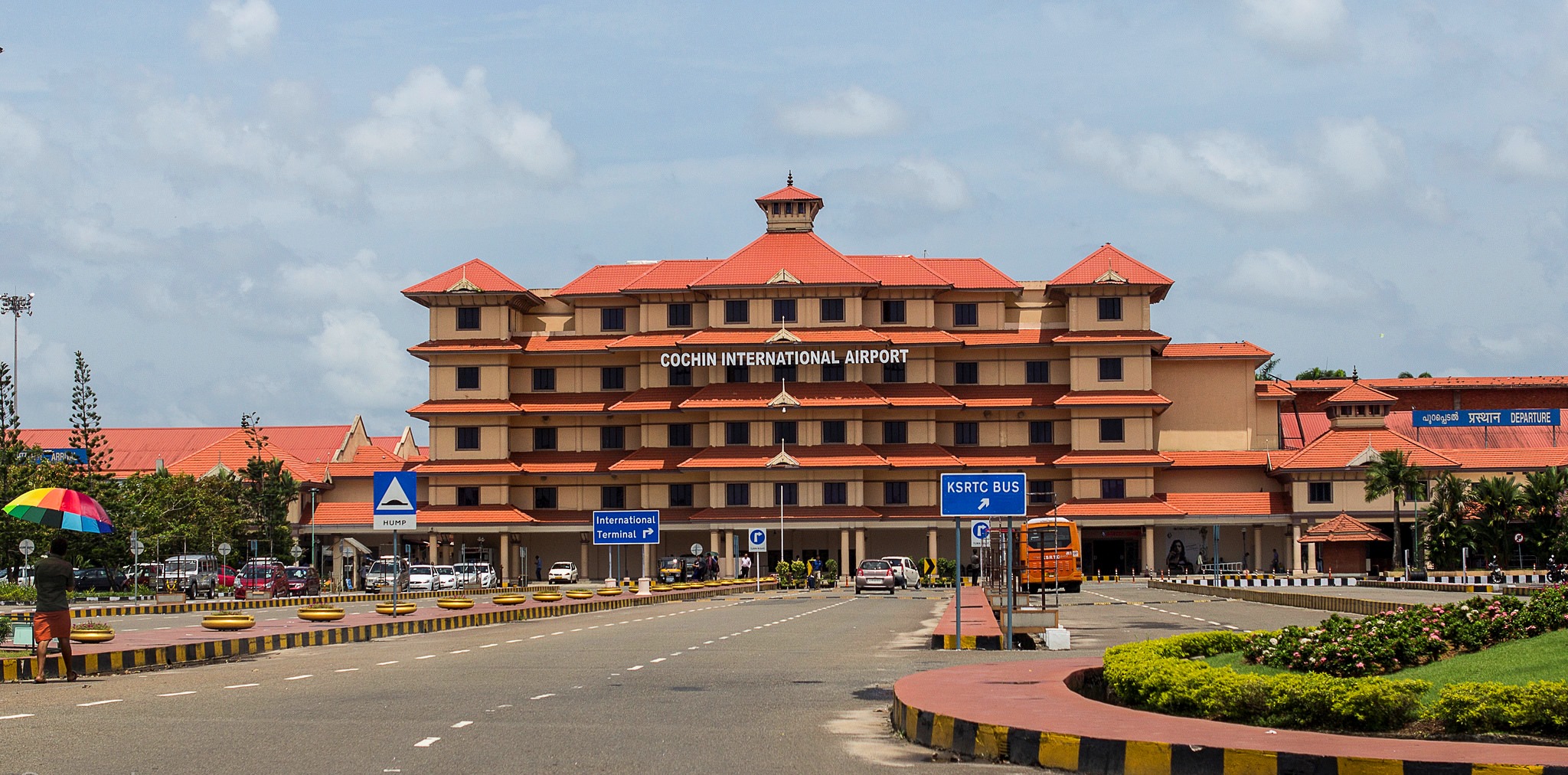|
Chakyar
Chakyar (also spelled Cakyar, Chakkiar, Chakiar, etc.) is a priestly caste within the Ambalavasi community of Hindus in the Kerala state of India. See also * Ammannur Madhava Chakyar * Ammannur Rajaneesh Chakyar * Mani Damodara Chakyar * Mani Madhava Chakyar Guru Mani Madhava Chakyar (IAST: ''Māṇi Mādhava Cākyār'') (15 February 1899 – 14 January 1990) was a celebrated master performance artist and Sanskrit scholar from Kerala, India, considered to be the greatest Chakyar Koothu and Koodiy ... * Painkulam Raman Chakyar External links *{{cite journal, jstor=606843, title=Aj amila-Moksa-Prabandha of Narayana Bhatta, first=V. Venkatarāma Śarmā, last=Śāstrī, date=1 January 1926, journal=Bulletin of the School of Oriental Studies, University of London, volume=4, issue=2, pages=295–300, doi=10.1017/S0041977X00089217 Indian castes Surnames of Indian origin Kerala society Malayali people Social groups of Kerala Hindu communities ... [...More Info...] [...Related Items...] OR: [Wikipedia] [Google] [Baidu] |
Mani Madhava Chakyar
Guru Mani Madhava Chakyar (IAST: ''Māṇi Mādhava Cākyār'') (15 February 1899 – 14 January 1990) was a celebrated master performance artist and Sanskrit scholar from Kerala, India, considered to be the greatest Chakyar Koothu and Koodiyattam (ancient Sanskrit drama theatre tradition) artist and authority of modern times. He was considered as the authority of ''Abhinaya'' (the classical Indian acting style) and ''Nātyaśāstra''. Known as "the Emperor of Rasa (aesthetics), Rasa-Abhinaya", he had an exceptional ability to perform ''Rasa-Abhinaya''. His ''Netrābhinaya'' was world-famous and he had the ability to act only with eyes. He was well versed in all the traditional Koodiyattams and all the ''prabandhas'' used in Chakyar Koothu. He was able to explain the concepts, methods and practices of Koodiyattam and Chakyar Koothu in a clear and authentic way. He had an in depth study of ''Nātyaśāstra'' of Bharata Muni, as well as ways of acting which were popular in Ker ... [...More Info...] [...Related Items...] OR: [Wikipedia] [Google] [Baidu] |
Mani Damodara Chakyar
Mani Damodara Chakyar (Māni Dāmodara Chākyār; born 1946) is a Kutiyattam and Chakyar Koothu artist in Kerala state of south India. He is a nephew and disciple of legendary guru ''Nātyāchārya Vidūshakaratnam Padma Shri'' Māni Mādhava Chākyār. He belongs to the great Mani Chakyar tradition of Koodiyattam and Chakyar koothu. He studied ''Chakyar Koothu'' and ''Koodiyattam'' in the traditional way for more than 30 years under the direct guidance of Māni Mādhava Chākyār. He has studied Sanskrit and Nātyasāstra in the traditional way. He holds a Master's degree in Sanskrit literature as well. He used to be high school Sanskrit teacher in Kozhikode. He was a member of legendary guru Padma Shri Māni Mādhava Chākyār's Koodiyattam troupe which performed Koodiyattam outside Kerala for the first time. In that performance of ''Thoranayudham Koodiyattam'' (1962, Madras), he played the role of Vibhishana with his guru Mani Madhava Chakyar (as Ravana). He is an exponent ... [...More Info...] [...Related Items...] OR: [Wikipedia] [Google] [Baidu] |
Painkulam Raman Chakyar
Late Shri Guru Painkulam Raman Chakyar was a Chakyar Koothu and Koodiyattam performer. He won the Kerala Sangeetha Nataka Akademi Award in 1972. He was also a teacher of Vachika Abhinaya in both Chakyar Koothu and Koodiyattam. Life Starting in 1925, he performed regular programmes in various temples and religious places spread all over Kerala Kerala ( , ) is a States and union territories of India, state on the Malabar Coast of India. It was formed on 1 November 1956, following the passage of the States Reorganisation Act, by combining Malayalam-speaking regions of the erstwhile .... He is credited with first bringing this artform outside the temples and closer to general audiences. He directed, supervised, and participated in more than 100 Koodiyattam plays, which he edited and condensed for contemporary audiences while striving to maintain artistic integrity and authenticity. He had more than 1000 stage appearances in different roles, besides being a regular ... [...More Info...] [...Related Items...] OR: [Wikipedia] [Google] [Baidu] |
Ambalavasi
Ambalavasi, more properly Ampalavasi, (IAST: Ampalavāsi; ) is the generic name for a group of Caste system in India, castes among Hindus in Kerala, India, who have traditionally rendered temple services. Castes The Ambalavasis are broadly divided into two groups, being those who wear the sacred thread and those who do not. Sacred thread wearers Pushpakan * Pushpaka (Pushpakan Unni) * Theeyattunni, Theeyatt Unni * Puppalli * Plappalli (caste), Plappalli (Pilappalli) * Nambidi * Nambeesan Threadless Ambalavasis *Pisharody *Marar (Caste), Marar *Variar, Varyar *Pothuval Others * Chakyar * Nambiar (Ambalavasi/Mizhavu), Nambiar * Kurukkal Temple services Though all Ampalavāsis have to do service in temples, they have sufficiently distinct functions to perform. Pushpakans and Nambeesans are teachers in the Pathasalas or Mutts and suppliers of flowers to temple. Chakyar stages dramas called Kooth and Koodiyattam. Marars are temple musicians. Variar and Poduval performed mana ... [...More Info...] [...Related Items...] OR: [Wikipedia] [Google] [Baidu] |
Ammannur Madhava Chakyar
Ammannur Madhava Chakyar (13 May 1917 – 1 July 2008) was a master of Kutiyattam, the classical Sanskrit theatrical form indigenous to Kerala Kerala ( , ) is a States and union territories of India, state on the Malabar Coast of India. It was formed on 1 November 1956, following the passage of the States Reorganisation Act, by combining Malayalam-speaking regions of the erstwhile .... He is best known for taking the performances from the temple sanctuaries where they were formerly confined and making them public events. Recognition * Padma Bhushan from Government of India–2003 *Padmasri In 1981 * Sangeet Natak Akademi Award - 1979 * Kerala Sangeetha Nataka Akademi Fellowship - 1990 * Kalidasa Samman *D-Lit d ... [...More Info...] [...Related Items...] OR: [Wikipedia] [Google] [Baidu] |
Ammannur Rajaneesh Chakyar
Ammannur Rajaneesh Chakyar is well known Kutiyattam artist from Thrissur, Kerala, India. He was trained under his grand uncle Padmabhushan Dr. Guru Ammannur Madhava Chakyar. for Fifteen years at Ammannur Gurukulam with the Scholarship from Sangeet Natak Akademi, New Delhi. After the systematic training under his Guru, he is capable to present different characters with subtle Satwika Abhinaya. He widely performing and teaching in India and Abroad. Notable roles * Ashwatthama in ''Urubhangam'' directed by G Venu of Natanakairali *Kali in Nala-Damayanthi *Ravana in Thoranayudham Kūțiyāțțam (Kailasodharanam and Parvathiviraham) *Parasurāma in Parasurāmavijayam directed by himself *Bali and Sugreeva in Balivadham Kūțiyāțțam *Ravana and Jatayu in Jatayuvadham Kūțiyāțțam *Shurpanakha with Ninam *Vidūshaka Roles in different Kūțiyāțțam Reception VR Prabodhachandran Nayar from The Hindu ''The Hindu'' is an Indian English-language daily newspap ... [...More Info...] [...Related Items...] OR: [Wikipedia] [Google] [Baidu] |
Caste System In India
The caste system in India is the paradigmatic ethnographic instance of social classification based on castes. It has its origins in ancient India, and was transformed by various ruling elites in medieval, early-modern, and modern India, especially in the aftermath of the collapse of the Mughal Empire and the establishment of the British Raj. Beginning in ancient India, the caste system was originally centered around '' varna'', with ''Brahmins'' (priests) and, to a lesser extent, ''Kshatriyas'' (rulers and warriors) serving as the elite classes, followed by '' Vaishyas'' (traders, merchants, and farmers) and finally '' Shudras'' (labourers). Outside of this system are the oppressed, marginalised, and persecuted '' Dalits'' (also known as " Untouchables") and '' Adivasis'' (tribals). Over time, the system became increasingly rigid, and the emergence of '' jati'' led to further entrenchment, introducing thousands of new castes and sub-castes. With the arrival of Islamic rule, ... [...More Info...] [...Related Items...] OR: [Wikipedia] [Google] [Baidu] |
Kerala
Kerala ( , ) is a States and union territories of India, state on the Malabar Coast of India. It was formed on 1 November 1956, following the passage of the States Reorganisation Act, by combining Malayalam-speaking regions of the erstwhile regions of Kingdom of Cochin, Cochin, Malabar District, Malabar, South Canara, and Travancore. Spread over , Kerala is the 14th List of states and union territories of India by area, smallest Indian state by area. It is bordered by Karnataka to the north and northeast, Tamil Nadu to the east and south, and the Laccadive Sea, Lakshadweep Sea to the west. With 33 million inhabitants as per the 2011 Census of India, 2011 census, Kerala is the List of states of India by population, 13th-largest Indian state by population. It is divided into 14 List of districts of Kerala, districts with the capital being Thiruvananthapuram. Malayalam is the most widely spoken language and is also the official language of the state. The Chera dynasty was the f ... [...More Info...] [...Related Items...] OR: [Wikipedia] [Google] [Baidu] |
Indian Castes
The caste system in India is the paradigmatic ethnographic instance of social classification based on castes. It has its origins in Outline of ancient India, ancient India, and was transformed by various ruling elites in medieval India, medieval, early-modern, and modern India, especially in the aftermath of the collapse of the Mughal Empire and the establishment of the British Raj. Beginning in ancient India, the caste system was originally centered around ''Varna (Hinduism), varna'', with ''Brahmin, Brahmins'' (priests) and, to a lesser extent, Kshatriya, ''Kshatriyas'' (rulers and warriors) serving as the elite classes, followed by ''Vaishya, Vaishyas'' (traders, merchants, and farmers) and finally ''Shudra, Shudras'' (labourers). Outside of this system are the oppressed, marginalised, and persecuted ''Dalit, Dalits'' (also known as "Untouchability, Untouchables") and ''Adivasi, Adivasis'' (tribals). Over time, the system became increasingly rigid, and the emergence of ''J� ... [...More Info...] [...Related Items...] OR: [Wikipedia] [Google] [Baidu] |
Surnames Of Indian Origin
In many societies, a surname, family name, or last name is the mostly hereditary portion of one's personal name that indicates one's family. It is typically combined with a given name to form the full name of a person, although several given names and surnames are possible in the full name. In modern times most surnames are hereditary, although in most countries a person has a right to change their name. Depending on culture, the surname may be placed either at the start of a person's name, or at the end. The number of surnames given to an individual also varies: in most cases it is just one, but in Portuguese-speaking countries and many Spanish-speaking countries, two surnames (one inherited from the mother and another from the father) are used for legal purposes. Depending on culture, not all members of a family unit are required to have identical surnames. In some countries, surnames are modified depending on gender and family membership status of a person. Compound surn ... [...More Info...] [...Related Items...] OR: [Wikipedia] [Google] [Baidu] |
Kerala Society
Kerala ( , ) is a state on the Malabar Coast of India. It was formed on 1 November 1956, following the passage of the States Reorganisation Act, by combining Malayalam-speaking regions of the erstwhile regions of Cochin, Malabar, South Canara, and Travancore. Spread over , Kerala is the 14th smallest Indian state by area. It is bordered by Karnataka to the north and northeast, Tamil Nadu to the east and south, and the Lakshadweep Sea to the west. With 33 million inhabitants as per the 2011 census, Kerala is the 13th-largest Indian state by population. It is divided into 14 districts with the capital being Thiruvananthapuram. Malayalam is the most widely spoken language and is also the official language of the state. The Chera dynasty was the first prominent kingdom based in Kerala. The Ay kingdom in the deep south and the Ezhimala kingdom in the north formed the other kingdoms in the early years of the Common Era (CE). The region had been a prominent spice exporter si ... [...More Info...] [...Related Items...] OR: [Wikipedia] [Google] [Baidu] |
Malayali People
The Malayali people (; also spelt Malayalee and sometimes known by the demonym Keralite) are a Dravidian languages, Dravidian ethnolinguistic group originating from the present-day state of Kerala and Union Territory of Lakshadweep in India, occupying its southwestern Malabar coast. They form the majority of the population in Kerala and Lakshadweep. They are predominantly native speakers of the Malayalam language, one of the eleven classical languages of India. The state of Kerala was created in 1956 through the States Reorganisation Act. Prior to that, since the 1800s existed the Kingdom of Cochin, Kingdom of Travancore, the Travancore, Kingdom of Cochin, Malabar District, and South Canara of the British India. The Malabar District was annexed by the British through the Third Anglo-Mysore War, Third Mysore War (1790–92) from Tipu Sultan. Before that, the Malabar District was under various kingdoms including the Zamorin of Calicut, Zamorins of Calicut, Kingdom of Tanur, Arak ... [...More Info...] [...Related Items...] OR: [Wikipedia] [Google] [Baidu] |






